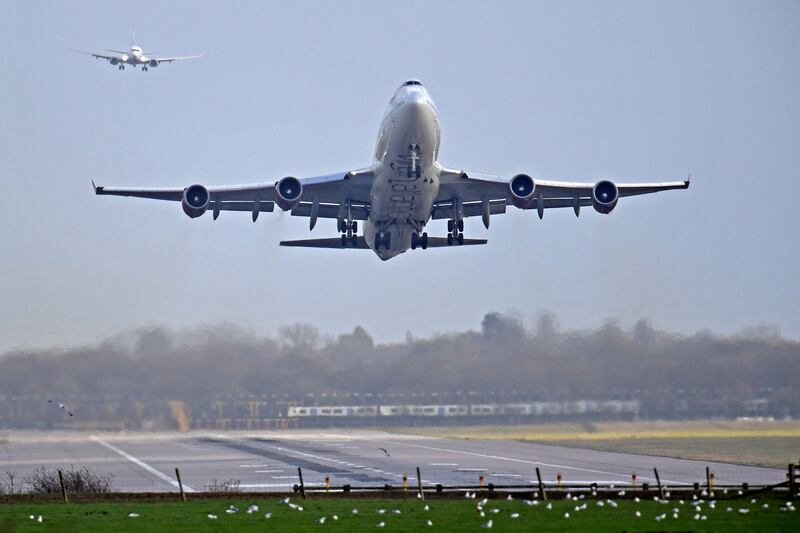Experts have created a system to predict the flight path of drones, which they say can help to prevent the closure of major airports such as at Gatwick almost three years ago.
About a thousand flights affecting 140,000 passengers were diverted or cancelled in December 2018 after the alleged sighting of at least one drone near the airport in West Sussex, England.
No one was prosecuted over the incident and there was criticism over the amount of time it took for the runway at the airport to reopen following the disruption.
Researchers from the University of Cambridge say they may have found a solution to the issue, which remains a major security headache for airport officials around the world.
They say it is possible to forecast whether a drone intends to enter restricted airspace using a combination of statistics and radar data.
The Cambridge solution would only flag those drones that pose a threat and offer a way to prioritise them.
Dr Bashar Ahmad, who carried out the research on predicting flight paths while at the University of Cambridge’s Department of Engineering, said: “While we don’t fully know what happened at Gatwick, the incident highlighted the potential risk drones can pose to the public if they are misused, whether that’s done maliciously or completely innocently.
“It’s crucial for future drone surveillance systems to have predictive capabilities for revealing, as early as possible, a drone with malicious intent or anomalous behaviour.”
Dr Jiaming Liang, one of the researchers who developed the system’s algorithms, said: “We need to spot threats as early as possible, but we also need to be careful not to overreact, since closing civilian airspace is a drastic and highly disruptive measure that we want to avoid, especially if it ends up being a false alarm.”
“In tests, our system was able to spot potential threats in seconds, but in a real scenario, those seconds or minutes can make the difference between an incident happening or not,” said Dr Liang. “It could give time to warn incoming flights about the threat so that no one gets hurt.”
The researchers say their solution can be incorporated into existing surveillance systems and that the algorithms could also be applied to other domains such as maritime safety, robotics and self-driving cars.
Some of the study's findings will be reported on Wednesday at the Sensor Signal Processing for Defence Conference in Edinburgh.







